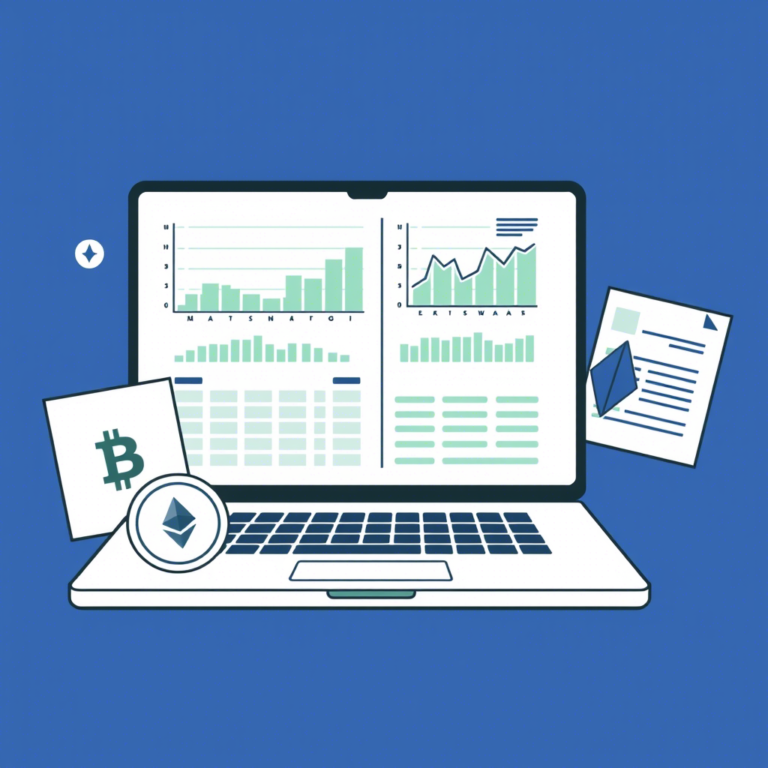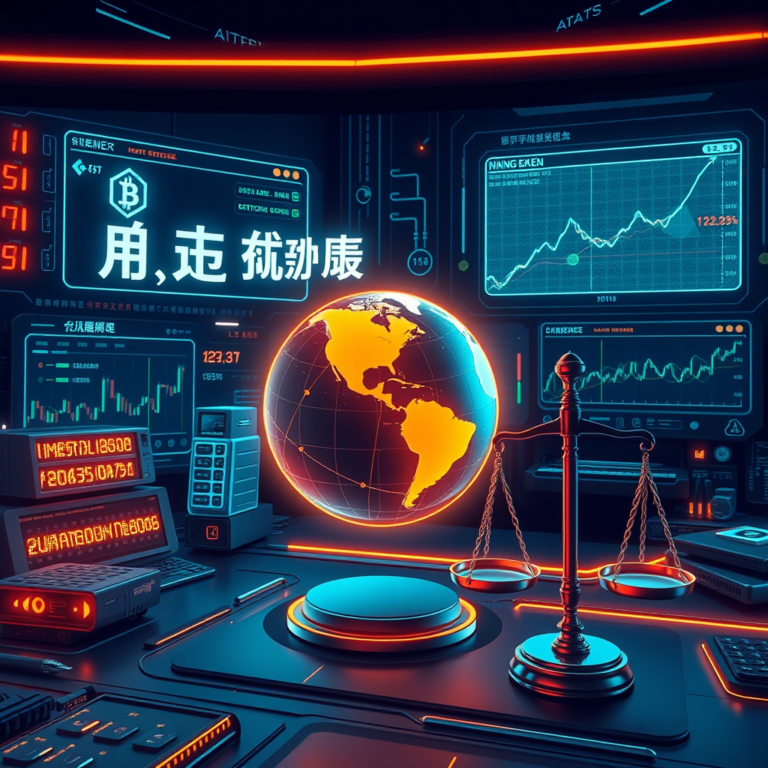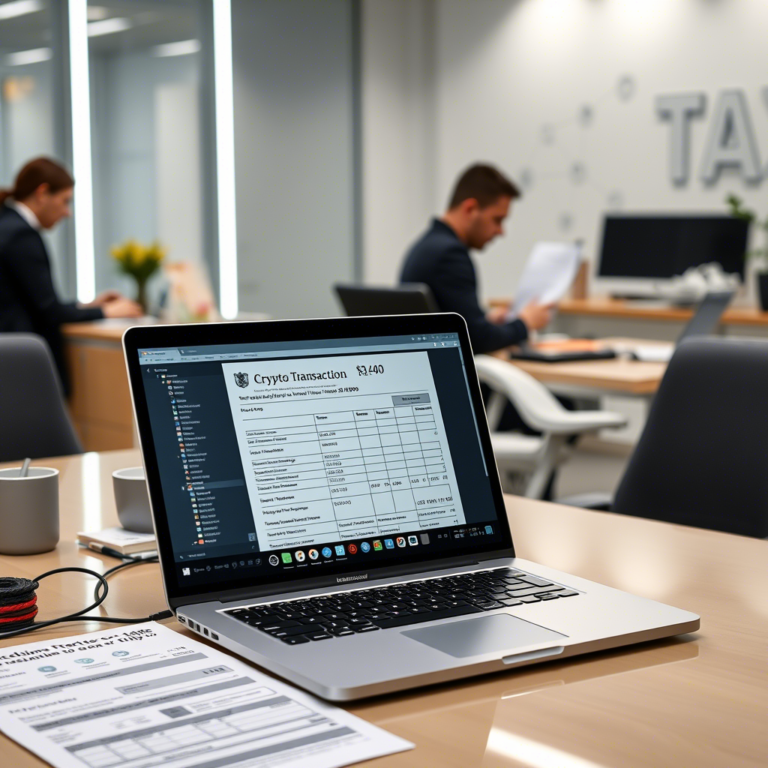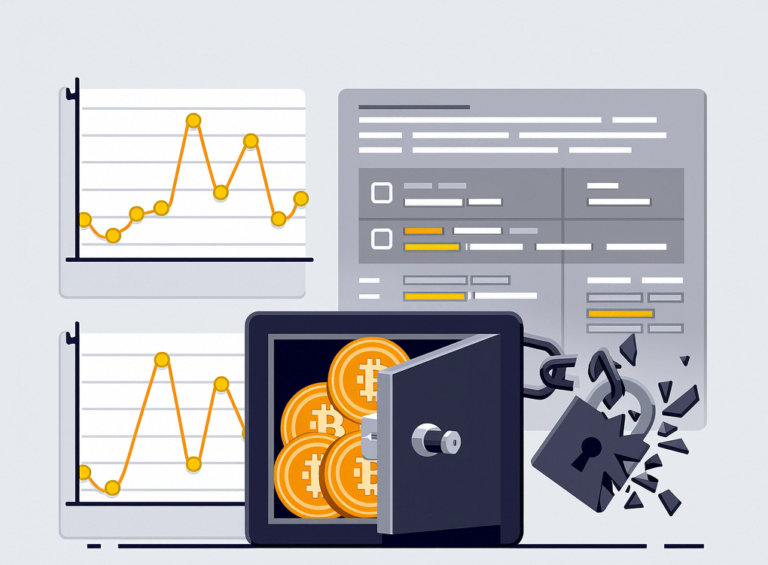The fusion of Artificial Intelligence (AI) and Blockchain is set to revolutionize decentralized applications (dApps). By combining AI’s data processing capabilities with blockchain’s security and transparency, future dApps will become more intelligent, efficient, and user-centric. This integration promises advancements in predictive analytics, automated decision-making, and enhanced security protocols.










